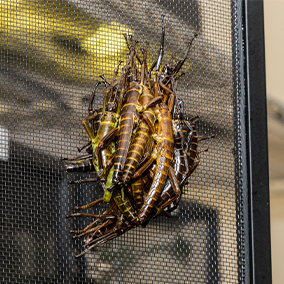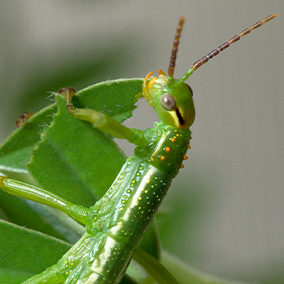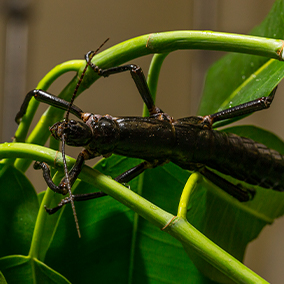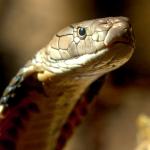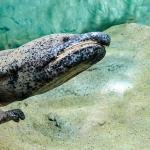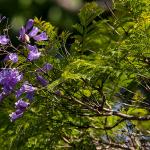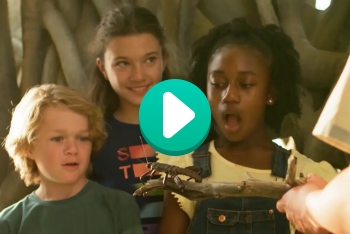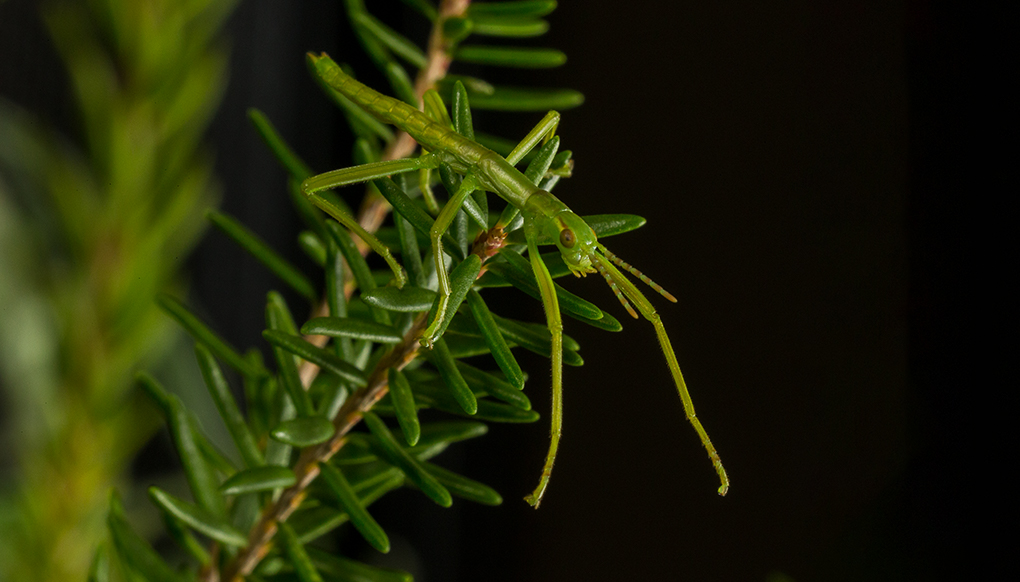
Lord Howe Island stick insect

Arthropods


Endangered
facts

Lord Howe Island stick insects will eat only a few types of leaves. We grow plants at the Zoo just for them!

description
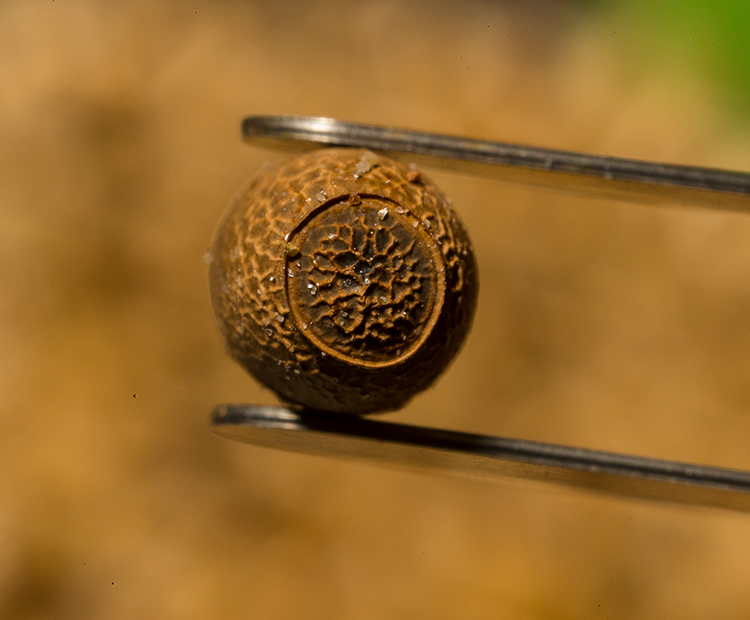
description
Big insects—tiny eggs
A female lays barrel-shaped eggs the size of a pencil eraser. She buries them in soil or just drops them on the ground. Each female can lay up to 300 eggs during her life. They take months to hatch. The little, bright green insects that emerge are called nymphs. Just-hatched nymphs are about three times the size of the egg itself. Inside the egg, they were folded like an origami piece.
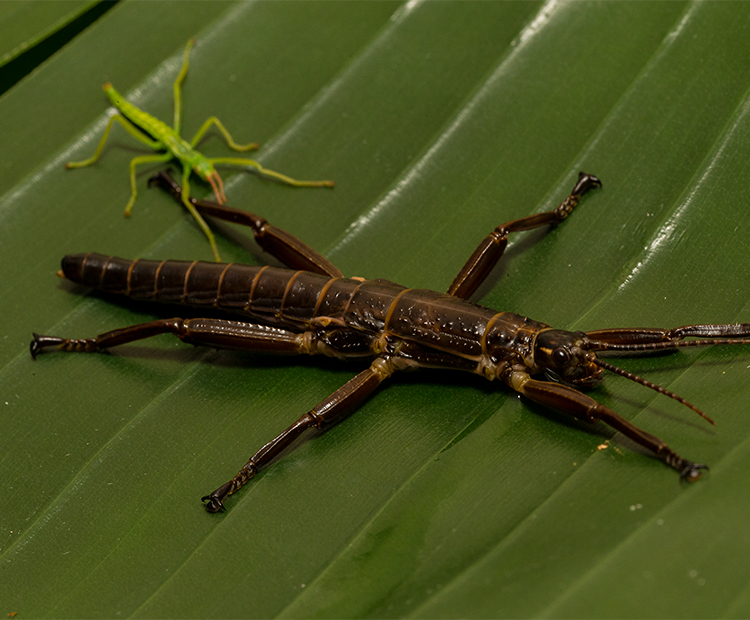
Shedding it all
Arthropod exoskeletons can be tough and rigid. To grow bigger, a Lord Howe Island stick insect nymph sheds its old exoskeleton—legs, antennae, and all. But first, it grows a new, soft exoskeleton under the old one. After shedding the old layer, an insect expands like the Incredible Hulk before its new exoskeleton hardens. This is called molting. A nymph molts many times before it is an adult. With each molt, it gets darker.
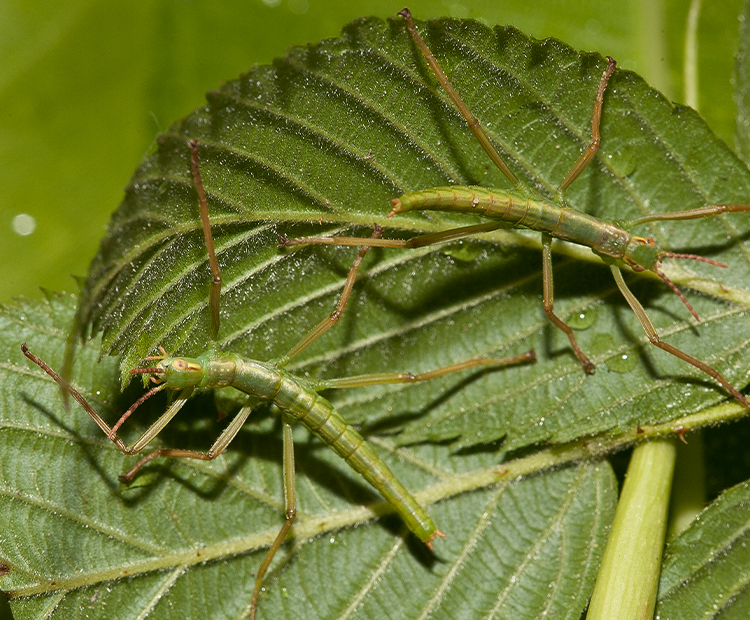
Discovered alive
Lord Howe Island is off the coast of Australia. Black rats invaded the island after a shipwreck. People brought owls to the island to eat the rats. But both the rats and the owls ate these insects. For many years, scientists thought the species was extinct. They were surprised to find a small group of them alive. The insects were living on a tiny rock island near Lord Howe Island, called Ball’s Pyramid.
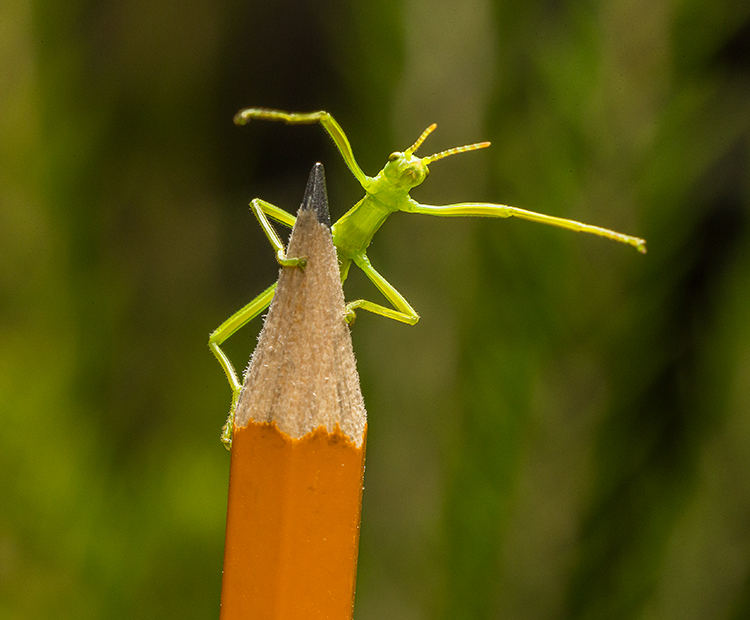
Saving a species
These rare insects are Critically Endangered. Scientists took two of them from Ball's Pyramid to Australia’s Melbourne Zoo. There, the insects reproduced. The Melbourne Zoo shared 300 eggs with us. We work with the Melbourne Zoo to raise these rare stick insects. These zoo populations are called assurance populations, and they are one way we help save species.

